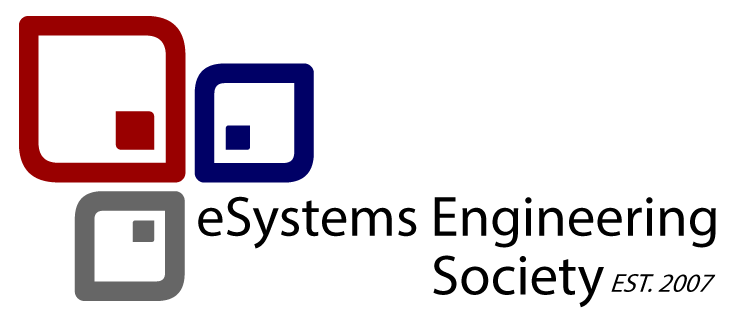This special session is organised and supported by the University of Applied Sciences in Berlin, Germany
Session Chair:
Session Co-Chair:
Session Committee:
|
 |
Synopsis:
Micro/nano-technologies enable the fabrication of complex and miniaturized functional systems, called MEMS and NEMS (i.e., micro/nano electro-mechanical systems). MEMS/NEMS provide interface functions (sensors and actuators) between micro- or nanoelectronics and the environment and human beings. Thus, there is a strong relation between sensors and MEMS/NEMS. New device concepts and operation models will be the key in the ultimate down scaling. Quantum-size effects, not present in today’s optical and mechanical devices offer a tremendous potential for innovative new functions. New approaches towards e.g. quantum computing, nanophotonics, nanomechanics and sensors are emerging from research and pushing the limits. 1D structures e.g. CNT and nanowires have been assessed to have greater impact on scaled nanoelectronics than the other concepts on the horizon (e.g. resonant tunneling devices, molecular electronic devices, ferromagnetic logic devices and spin transistors).
The areas of interest include nano-scaled MEMS/NEMS based on carbon nanotubes and nanowires: sensors (e.g. micro or nano cantilevers and resonators, CNT / nanowire sensors), micro and nano-fluidic devices and systems, small-scale energy harvesters for autonomous systems.
Examples for the first step activities are research towards understanding the basic physical mechanisms at work in quantum-confined transport at realistic temperatures and towards the characterization of the devices such as transport efficiency, ambipolar conduction, RF response, and – of particular importance in MEMS/NEMS – sensitivity, selectivity, drift, and noise. Deliverables are demonstrators for device function and evaluation of properties. As device miniaturization proceeds quantum effects will become relevant for future devices. Single-electron effects can for example be exploited for storage concept.
The major areas of activity in the development of MEMS/NEMS solicited and expected at this special session include but are not limited to:
- Design, simulation and analysis tools with experimental verification
- Fabrication technologies and processes
- Silicon and non-silicon materials
- 1D and 2D nanomaterials
- Sensing phenomena in nanomaterials
- Electro-mechanical integration techniques
- Assembly and packaging approaches
- Metrology and operational evaluation techniques
- System integration and architecture
Topics:
This special session invites authors to submit high-quality research papers on the topics which include (but are not limited to) the following:
- Mechanical, thermal, and magnetic sensors and actuators, and system
- Opto-mechanical micro/nano-devices and micro/nano-systems
- Fluidic micro/nano-components and micro/nano-systems
- Micro/nano-devices for data storage
- Micro/nano-devices for biomedical engineering
- Micro/nano chemical analysis systems
- Micro/nano-devices and systems for wireless communication
- Micro/nano-devices for power supply and energy harvesting
- Nanoscale Robotics, Assembly, and Automation
- Nanophotonics and Nanoscale Imaging
- Nano-electro-mechanical devices and systems
- Scientific micro/nano-instruments
Paper Submission:
Prospective authors are invited to submit full-length papers (not exceeding 6 pages) conform to the IEEE format . All papers will be handled and processed electronically via the EDAS online submission system.
Submission implies the willingness of at least one of the authors to register and present their papers.

